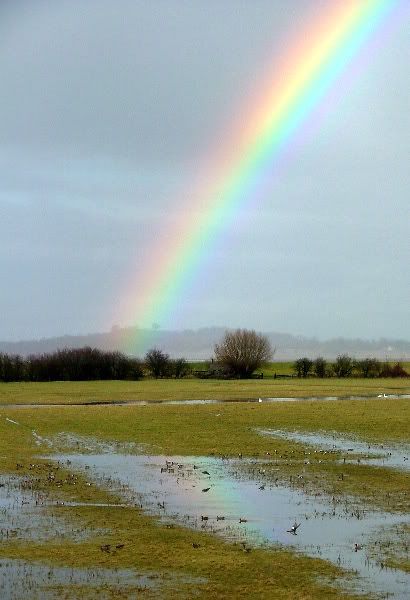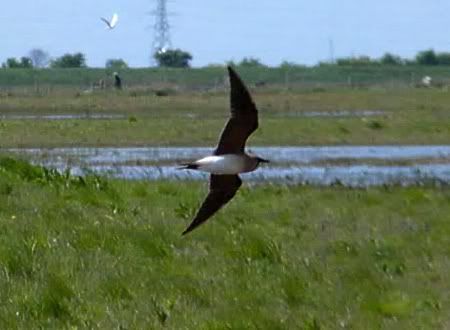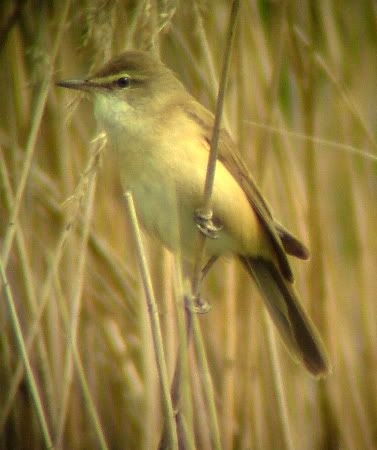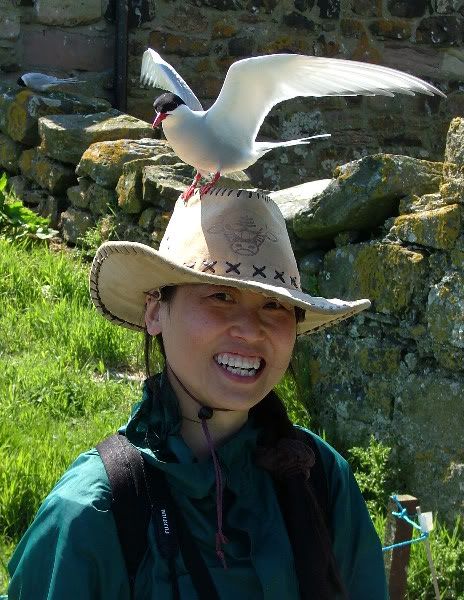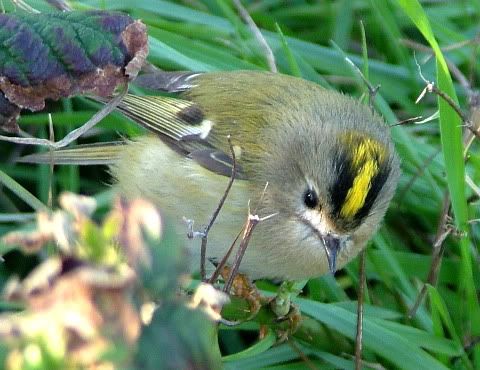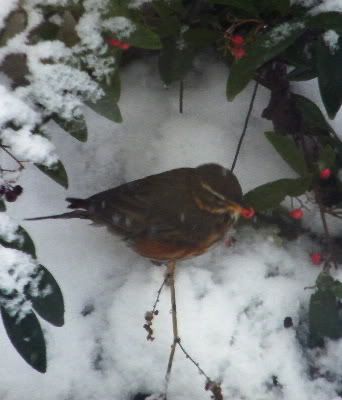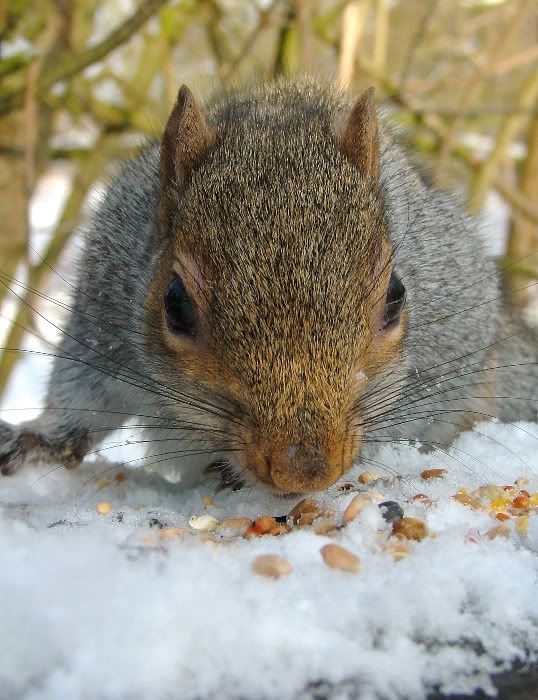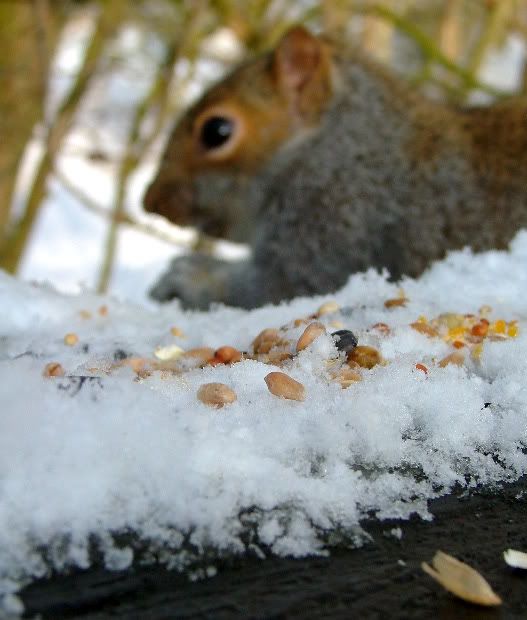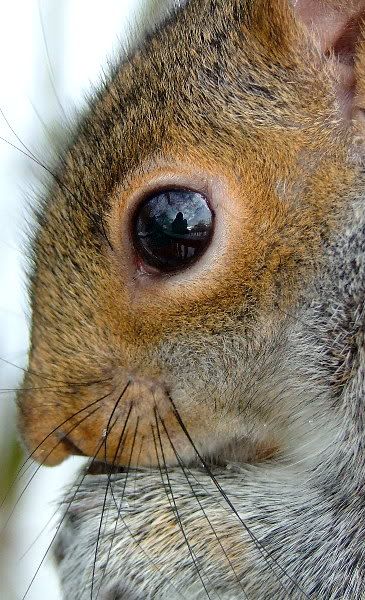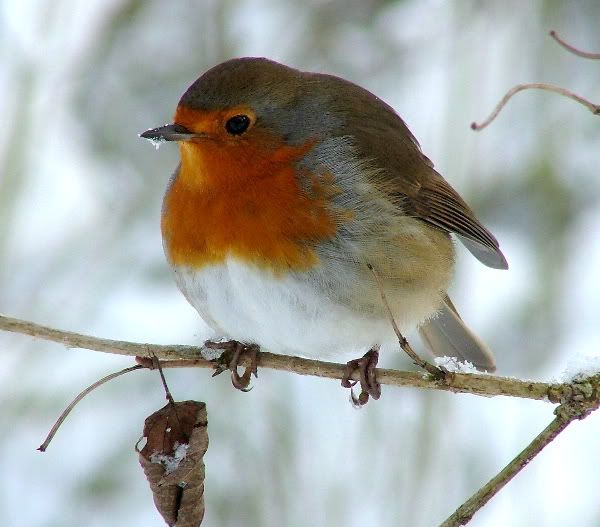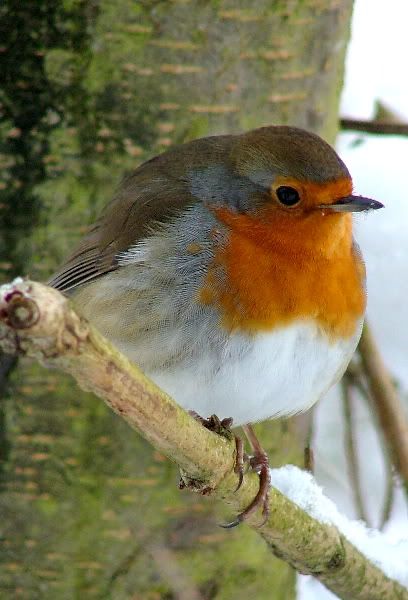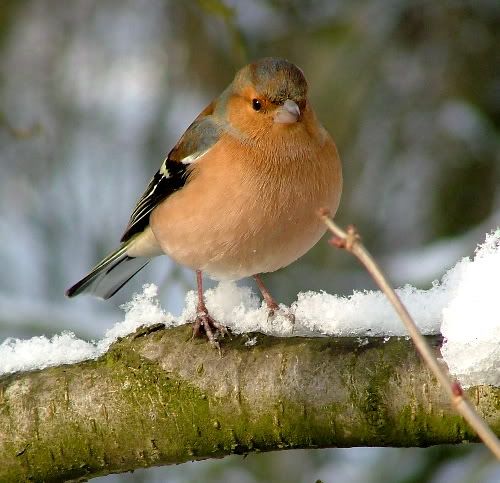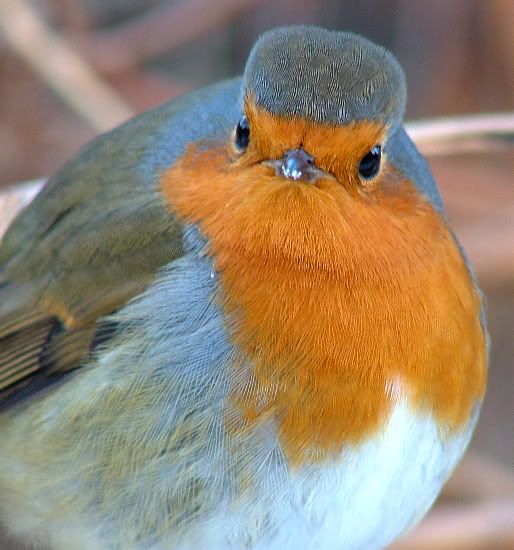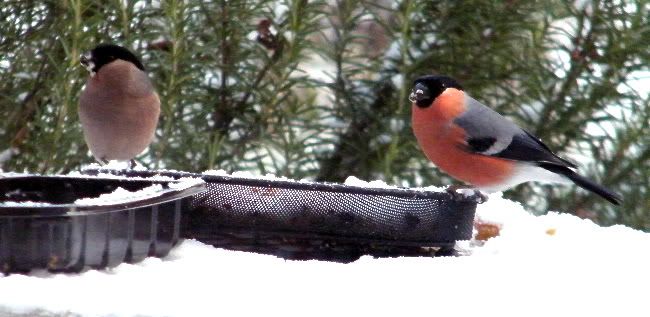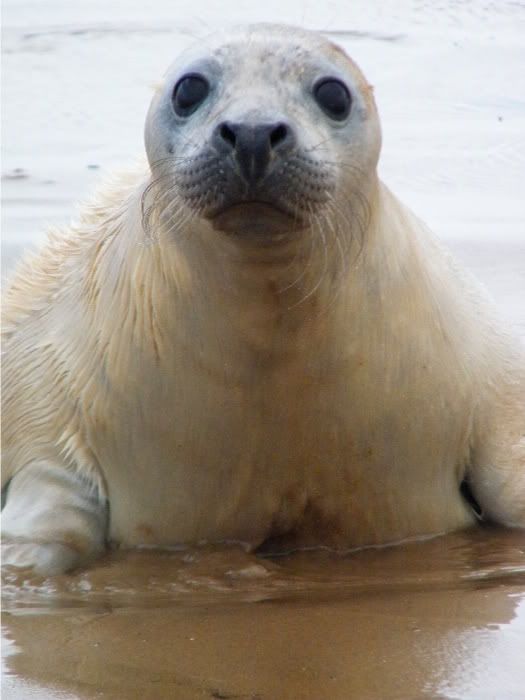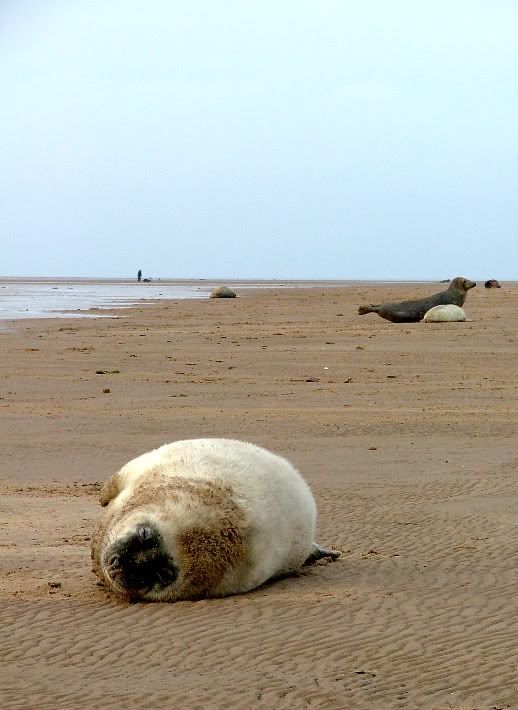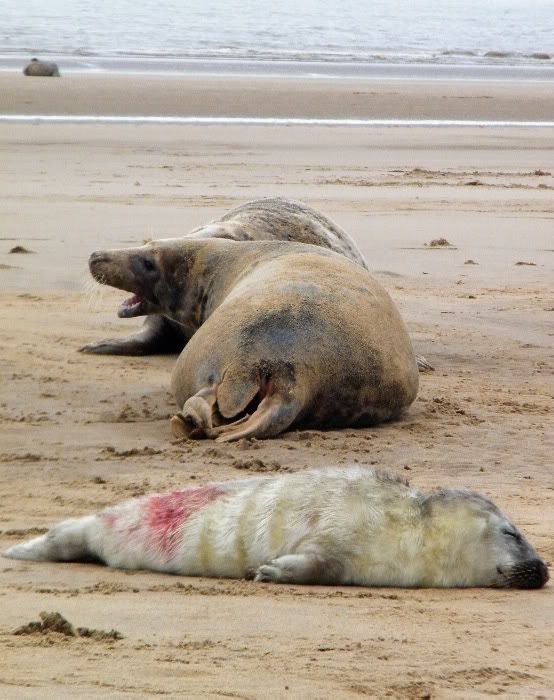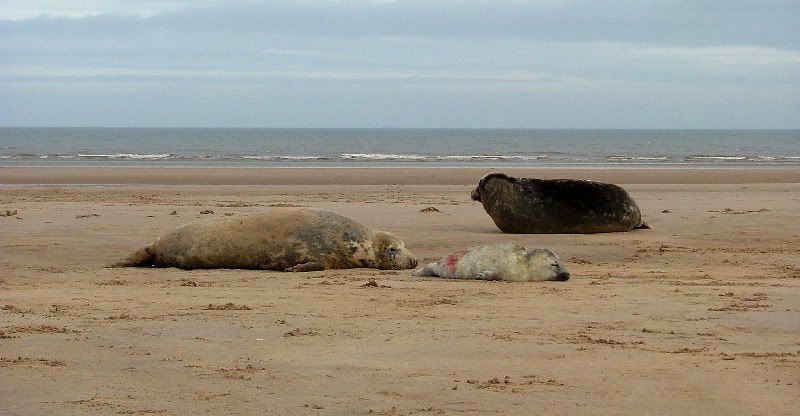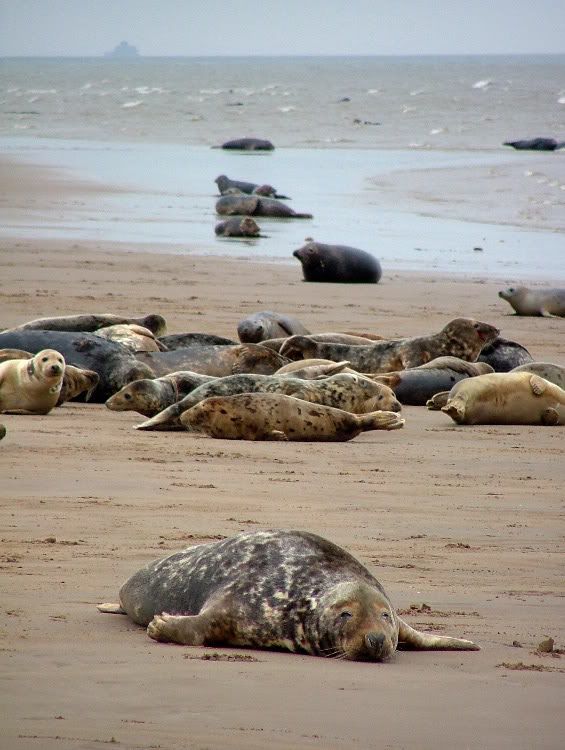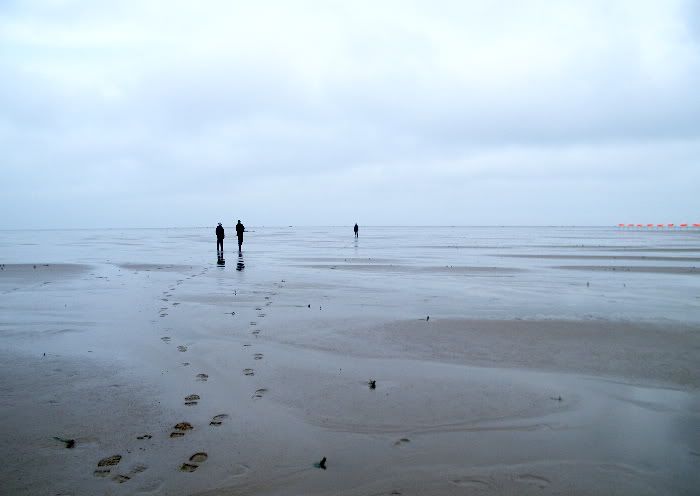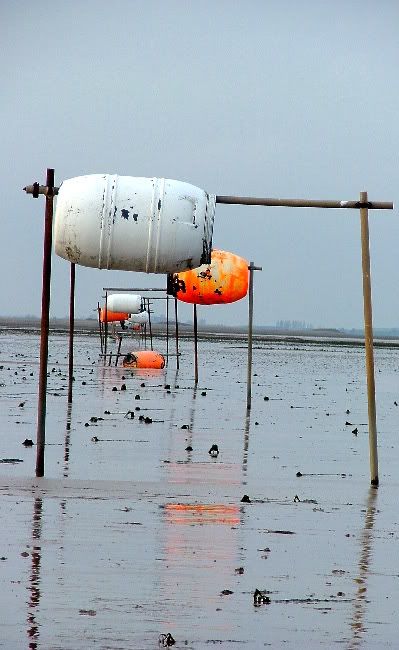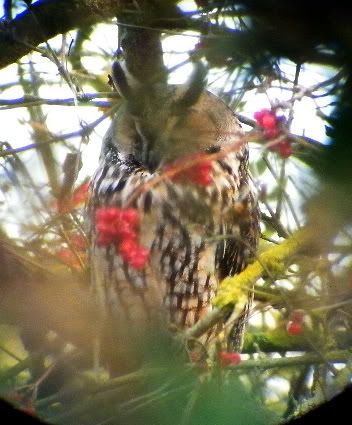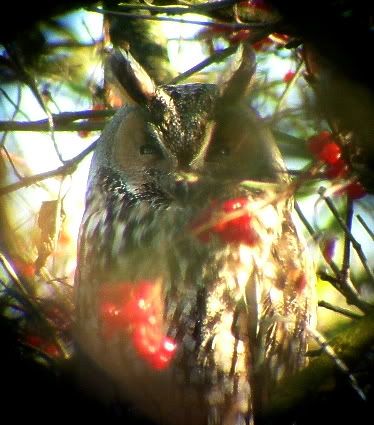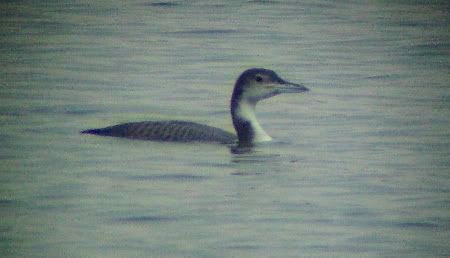
As ever the reservoir remains a brilliant place to be doing this work with some cracking sunsets lately and smattering of tasty birds. I regret I missed the recent Black Redstart (some small consolation that I saw the one last November) , but the Great Northern Diver is settling in now and easy to find most days.
Another juvenile bird so bang goes any theory that we get the same birds returning each year, this isn't site fidelity, Carsington is just a natural magnet for any GNDs that end up this far inland. It'll be a sad winter when we don't have one.
And because these divers are such fantastic birds, check out these Youtube videos....
Voices: Common Loon
Loon joins scuba divers
...Common Loon being the given North American name for the same species.
Then there are the surprises that happily occur while on site. Closing things up at the end of another DWN event I had a Barn Owl sail by the Wildlife Centre. In other areas of the reservoir you can expect them, especially the areas with unimproved grassland the STW rangers look after so well, so it was more than pleasant to see it comfortable enough to quarter the busier parts of the water's edge.
If it weren't for the volunteering I'd never be up and out there so regularly and I'd miss so many of these things. The rewards they are manifold.
